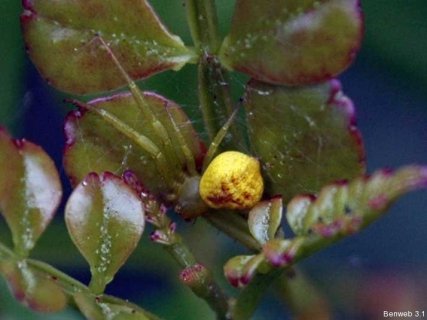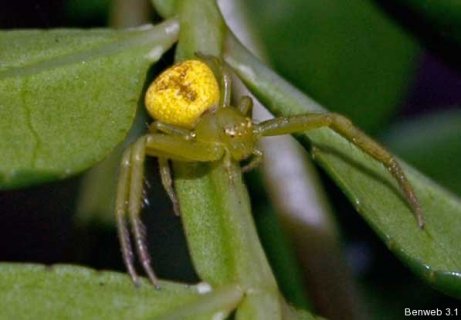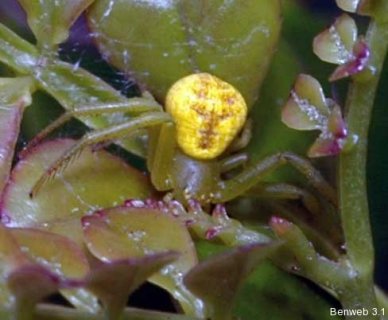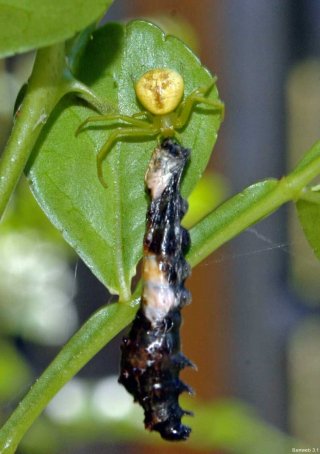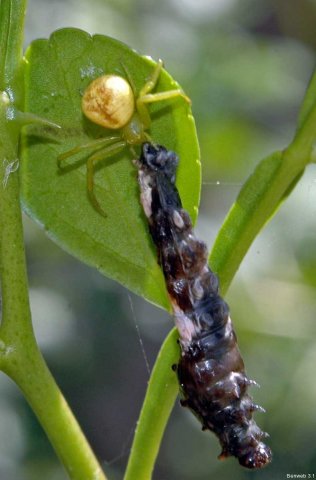I’m outside every chance I get, trying to investigate how my back yard functions. I check the light conditions at various times of day; I see who is visiting what plant and when (and if possible, why); and every now and then I get a picture that might serve as the basis of an ID, and I try to get it identified. That’s where bugguide.net comes in.
One of the reasons I like to use websites like bugguide.net is they are run by such a passionate crowd. These people love what they do, and it shows. They are amateurs in the truest sense of the word. They aren’t paid to help people figure out what specific creepy crawly they have; they just like to do it! True, some people monetize the service; many’s the field guide author who unashamedly asks these experts for help and then authors a field guide to, for example, moths of the northeast. But that’s fine; in fact, it’s an improvement on the days when this kind of specialized knowledge was locked up in the ivory tower, accessible only to those who made a pilgrimage to the hallowed halls of academe, or read their specialized journals at their library, or whatever. Of course, these people also run the risk of being given a bum steer; the people at bugguide are amateurs, and they make no bones about it. And, in the case of spider ID, they know the limitations of trying to ID an animal with only a picture. Often, it can’t be done.
A case in point: the other day I was out there inspecting my Zanthoxylum fagara for caterpillar damage. I’d recently had three or four Giant Swallowtail caterpillars using it as fuel for making Giant Swallowtail butterflies. That’s fine, I thought. I love butterflies. But when I saw how much of this little plant they were able to defoliate, I had second thoughts. Since then, I’ve been removing butterfly eggs from the plant whenever I find them. I figure, if I miss a couple, it’s my mistake, and I’ll pay for it in Wild Lime defoliation. Fair enough. The game is afoot, and the plant is our playing field.
But when you start investigating a plant for one form of invertebrate life, you often find others. For instance, as I was turning over the leaves (watch out for the thorns! it’s not called lime prickly ash for nothing!) I nearly mistook this teeny yellow spider for a yellow butterfly egg. I was just about to remove it when to my great surprise, it moved! (My eyes must be getting old; the giant legs that are so prominent in the cropped image were invisible to me in the field—I only noticed them on the image after I downloaded it.)
Being no dummy, I quickly realized that here was something I needed to take pictures of. But taking pictures of such a tiny creature is a bit of a guessing game; I have to just set the camera on manual focus and move the camera in and out until I think I’ve got a good shot:
This image is magnified probably 6x-7x (based on how it appears on my screen; if you click on it for the larger version, it’ll jump up to about 10x or 11x). The spider is only about 6 mm from stem to stern(spiders are measured without their legs because of the extreme variability in leg length among species). Each leaflet in the background (remember, Wild Lime has pinnately compound leaves, which means each of those “leaves” is actually a leaflet) is less than 1/4-inch across.
Here are a couple that didn’t turn out too horribly:
This unidentified spider has all the hallmarks of the family Thomisidae, crab spiders (that is, the true crab spiders, as opposed to the so-called crab spiders like the spiny-backed orb weavers): a flattened shape (not as flat as Selenopidae, but still), front two pairs of legs much longer than back two pairs (and those two front pairs of roughly equal length, unlike the “running” crab spiders, Philodromidae, in which the second pair is significantly longer than the first).
Now, since no one has been able to identify the spider for me beyond the family level, I would normally have just left it there, and not posted about it here on the blog. But the next day, as I was out searching for yet another spider in this shrubbery (a jumping spider, subject of a post in the near future) I found something I hadn’t expected to see.
It turned out that the jumping spider I was hunting had moved and left no forwarding address, so I couldn’t get any more pictures of it. After that, I turned to trying to find this little yellow crab spider again or, barring that, at least taking a census of the caterpillars whose eggs I’d missed.
While I was doing that, I noticed a fairly good-sized caterpillar hanging from the underside of a leaf; most uncaterpillarlike behavior, at least for a young one that isn’t trying to pupate. And lo and behold, that lil’ larva was in the grip of that very same unidentified yellow crab spider I’d found the day before.
Nature, red in tooth and claw, indeed! It seems that the number of invertebrate species that use Wild Lime is practically off the charts. Giant swallowtail butterflies lay eggs on it; their larvae eat it; ants patrol it; crab and jumping spiders prey on the ants and the caterpillars; dragonflies perch on it; orbweavers use it as support for their webs. The list goes on (probably, but I don’t have the photos of it yet)!
I’m no longer sure that I need to continue removing swallowtail eggs to protect this little plant; it seems that the spiders and other predators here are doing a fine job protecting it for me!
Doesn’t s/he look happy with that great big meal to digest?

